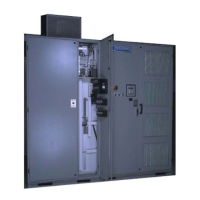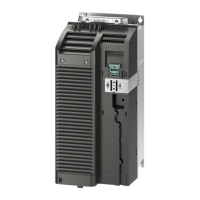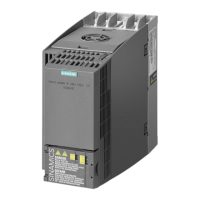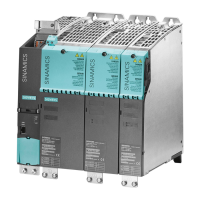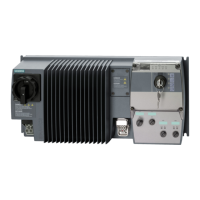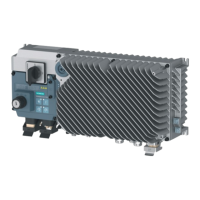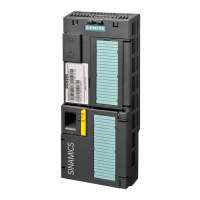4.7.6 Synchronous Motor Control (SMC)
For synchronous motor control (SMC), the drive is equipped with a eld exciter that usually
consists of a SCR based current regulator. The eld exciter operates to maintain a eld current
level that is commanded by the ux regulator. An example application for a brushless
synchronous motor is shown in the gure below.
SKDVHZRXQG
,QGXFWLRQ([FLWHU
a9$&
&LUFXLW:KHHO
RQ0RWRU
)LHOG([FLWHU
)LHOG&XUUHQW
&RPPDQG
'ULYH
9
$X[
3RZHU
,QSXW
09
&RQWURO
6\QFKUR
QRXV
0RWRU
,QYHUWHU
Figure 4-5 Drive Arrangement for Synchronous Motor with AC Brushless Exciter
The gure shows a brushless synchronous motor with the static exciter wound for 3-phase AC in
the range of 350 to 400 volts. If this is not the case, then a transformer is needed between the
auxiliary power and the eld exciter. The circuit wheel needs only a rectier.
Motor Protection
The control provides for minimal motor protection when the motor is connected to the drive. For
a system that employs drive, not cell, bypass, external protection of the motor is required. The
control will trip the drive on a loss of eld fault if the motor draws excessive reactive current,
which will occur when the exciter fails full on or o. An external means to disconnect the exciter
power from the eld is required to fully protect the motor.
Flux regulator implementation
The overall control strategy is similar to OLVC, except for the ux regulator implementation.
Refer to Figure Vector Control Algorithms. For synchronous motors, the ux regulator provides
two current commands, one for the eld exciter current, and another for the magnetizing
component of stator current.
NXGPro+ Control Description
4.7 Control Modes
NXGPro+ Control Manual
52 Operating Manual, A5E50491925A
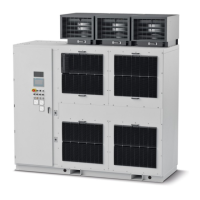
